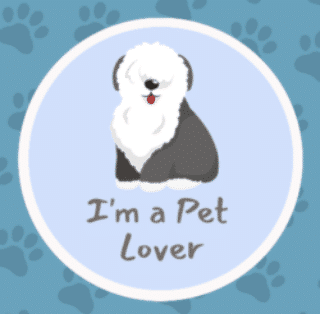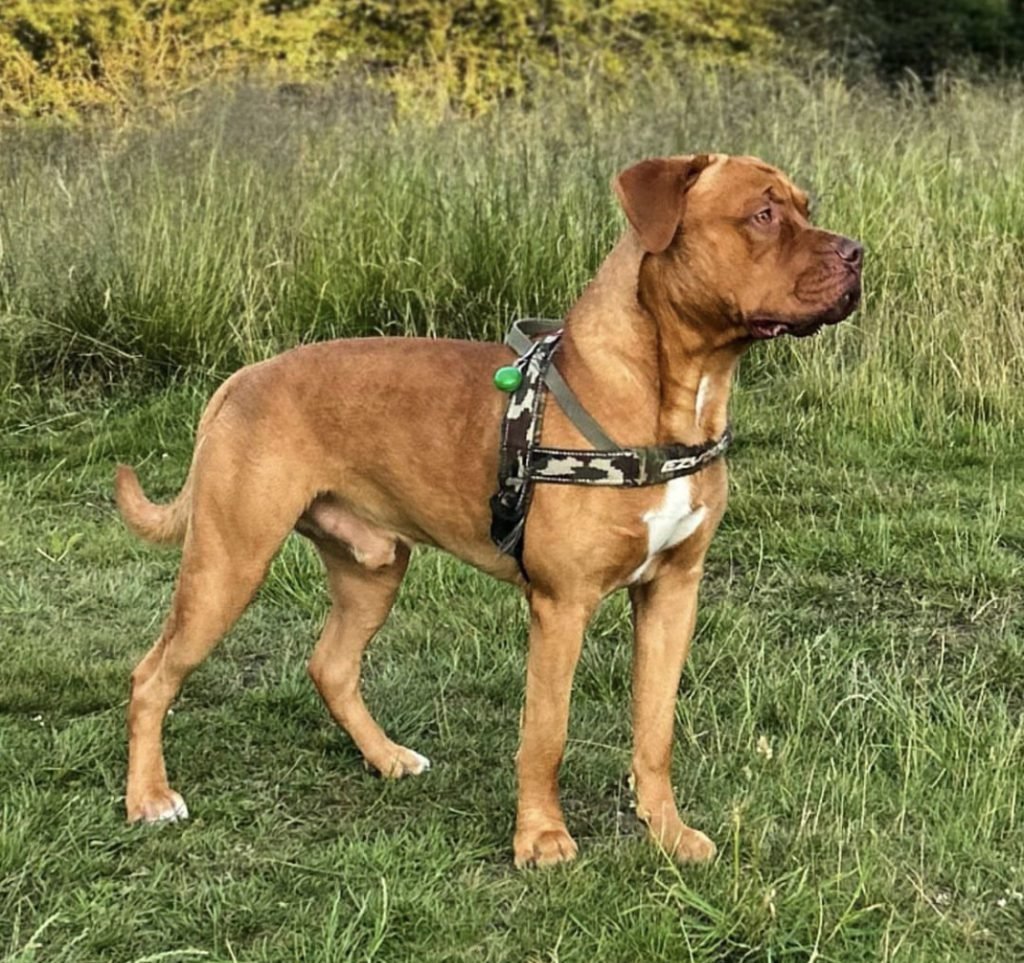Have you heard of the “Mastiffman”? It’s the super cool blend of a Doberman and a Mastiff, becoming increasingly popular. It’s the perfect mix of sleek and powerful, and it’s no wonder that so many people are eager to get their paws on one. But before you rush out to adopt a Doberman Mastiff mix, there are a few things you need to know. Grooming is crucial, as is understanding the dynamics of their litters. And, of course, there are pros and cons to every breed. Let’s dive deeper into these aspects.
Grooming the Doberman Mastiff Mix
Grooming Pros:
1. Low Maintenance Coat: One of the first things you’ll notice about the Doberman Mastiff mix is its short, dense coat reminiscent of its Doberman lineage. This feature, while aesthetically pleasing, also means less hassle for owners. The coat doesn’t mat or tangle easily, eliminating the need for frequent grooming appointments or intricate at-home brushing routines.
2. Reduced Bathing Frequency: A major chore for dog owners is the often-tumultuous bath time. Fortunately, the Doberman Mastiff mix’s coat doesn’t trap dirt and odors as longer-haired breeds might. Their short fur allows for fewer baths without compromising on cleanliness.
3. Allergen-Friendly: With more people becoming aware of allergies, it’s worth noting that their short coat sheds less dander. While no breed is entirely hypoallergenic, they can better fit homes where minimal pet dander is crucial.
Grooming Cons:
1. Periodic Shedding: While their coat is low-maintenance, it isn’t non-shedding. Owners will still need a regular brushing routine, especially during seasonal changes when shedding might increase.
2. Sensitive Skin Concerns: As is familiar with many short-coated breeds, the Doberman Mastiff mix can sometimes exhibit signs of sensitive skin. This sensitivity can necessitate specialized skincare products or even occasional visits to the vet.
Litter Dynamics: Understanding the Pups
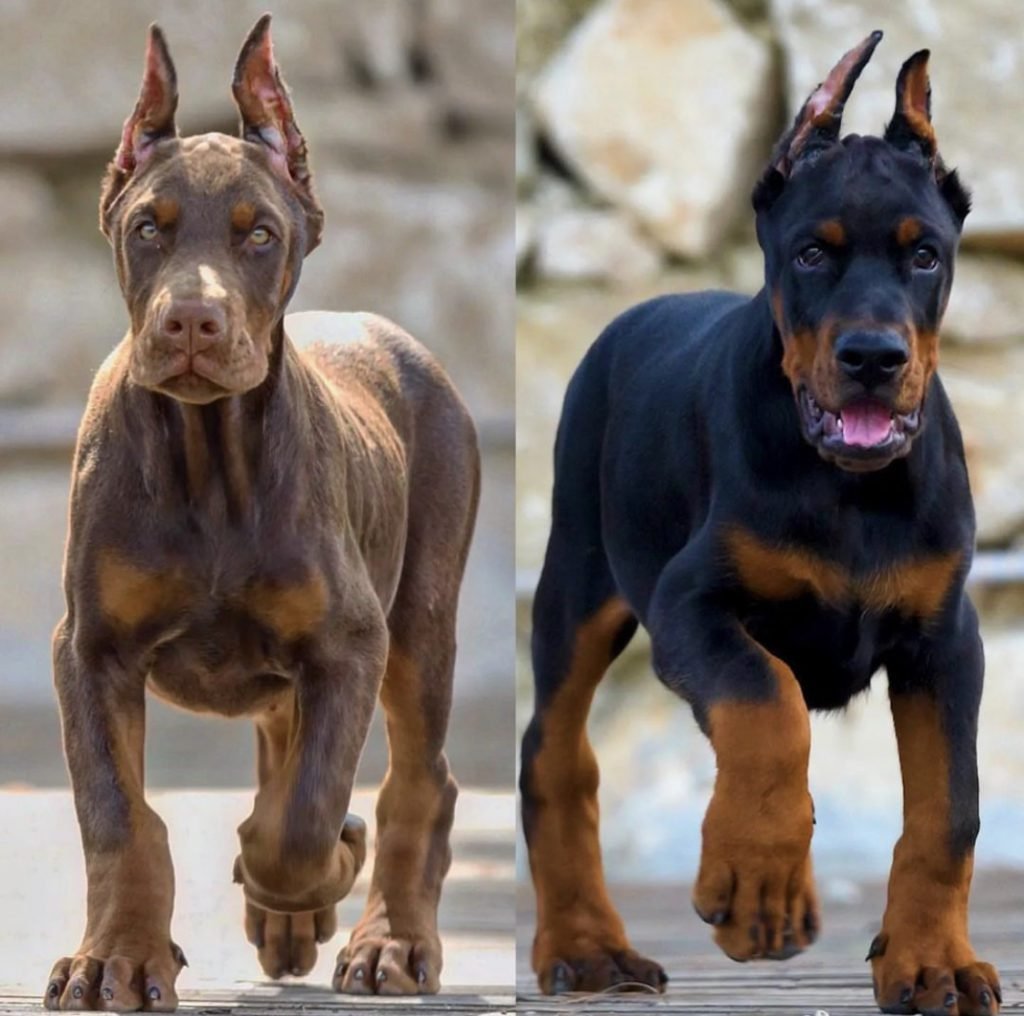
Pros:
1. Generally Healthy Litters: With the proper prenatal care and a focus on the health of the breeding pair, this mix tends to produce strong litters. The genetic diversity from the mix can lead to fewer inherited health issues.
2. Trait Variety: A litter from a mixed breed often feels like a box of assorted chocolates. Puppies might exhibit various traits, from the Mastiff’s size and gentleness to the Doberman’s sharpness and agility. This diversity allows potential owners to select a puppy that aligns more closely with their preferences.
Cons:
1. The Challenge of Large Litters: Mastiffs are known to have extensive litters. For breeders or homes that need more preparation, this can be overwhelming. Ensuring each pup gets adequate attention and care becomes paramount.
2. Unpredictable Growth: Given the size disparity between Dobermans and Mastiffs, predicting the adult size of puppies can be tricky. New owners might find themselves with a much larger dog than initially anticipated or, conversely, a smaller one.
Training the Doberman Mastiff Mix
Training Pros:
1. Intelligence and Eager-to-Please Nature: The Doberman’s renowned intellect combined with the Mastiff’s desire to please its owner makes the mix a trainable breed. Their ability to grasp commands and tricks quickly is often commendable.
2. Early Socialization Benefits: When introduced to different environments, people, and other animals during their puppy phase, Doberman Mastiff mixes tend to grow into well-rounded adult dogs. When nurtured early, their friendly nature can make them fantastic companions in various settings.
3. Reliable Guard Instincts: This mix often showcases reliable guard dog instincts thanks to their Doberman lineage. With the proper training, they can effectively differentiate between regular and potentially harmful situations, acting as dependable home protectors.
Training Cons:
1. Stubborn Streaks: While generally willing to learn, the Mastiff lineage can sometimes introduce a stubborn streak in these pups. Consistent training methods and patience are essential to overcome these challenges.
2. Power Handling: Given their potential size and strength, training them to be gentle, especially around children and smaller animals, is crucial. Their force, when not controlled, can be overwhelming for some.
3. Requirement for Positive Reinforcement: This mix responds best to positive reinforcement techniques. Resorting to harsh methods can backfire, making the dog either too timid or overly aggressive.
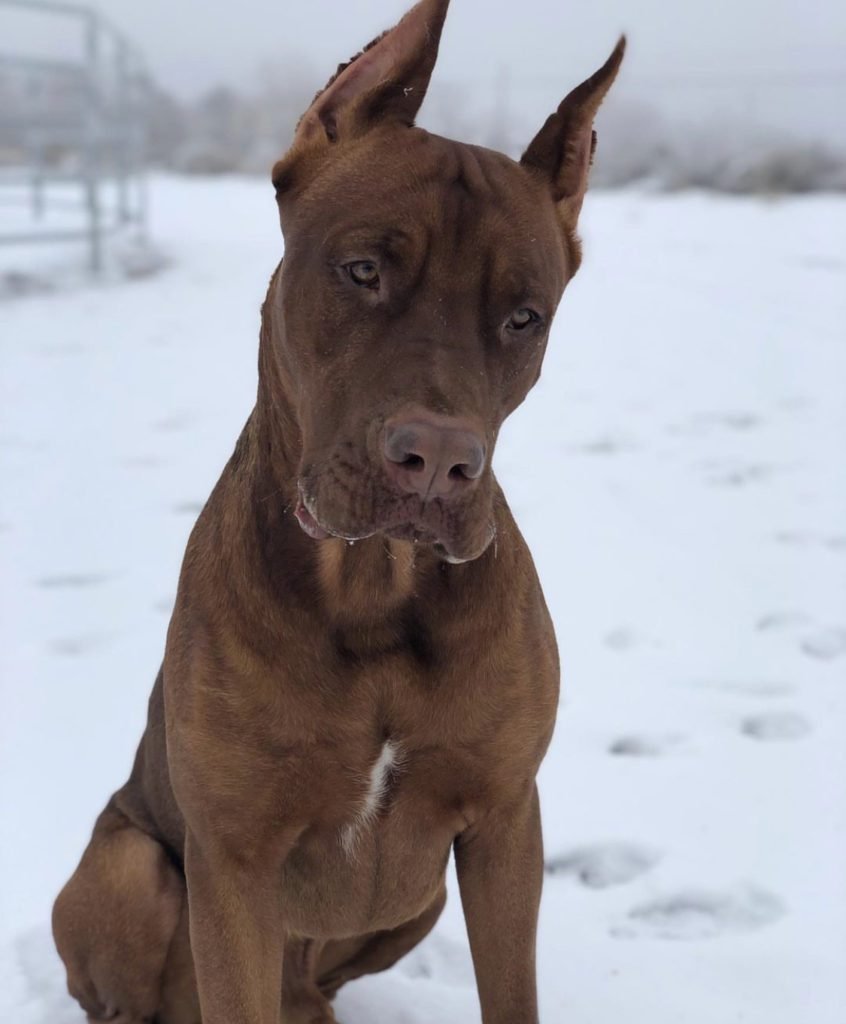
Energy and Activity Needs: Balancing Vigor with Relaxation
Energy Pros:
1. Active Playmates: The Doberman Mastiff mix can be an ideal companion for families or individuals who enjoy an active lifestyle. Their energy levels suit them for long walks, hikes, and high-energy games.
2. Mental Stimulation: Their intelligence means they enjoy activities that stimulate their minds. Puzzle toys, agility courses, and training sessions can be entertaining and beneficial.
3. Predictable Energy Spurts: Unlike some breeds that are continuously hyperactive, the Doberman Mastiff mix usually has predictable energy spurts interspersed with relaxation times. This predictability can be beneficial for owners to schedule play and rest times.
Energy Cons:
1. Need for Regular Exercise: Neglecting their activity needs can lead to obesity or behavioral problems. They need their daily dose of physical activity to remain fit and happy.
2. Potential for Destructive Behavior: If left alone for extended periods or not provided with adequate physical and mental stimulation, they can resort to destructive behaviors. This behavior can range from chewing on furniture to digging up yards.
3. Not Suitable for Sedentary Lifestyles: Potential owners who lead a predominantly sedentary lifestyle might need help to meet the energy demands of this mix.
Family Dynamics and Integration
Family Pros:
1. Affectionate Companions: The Doberman Mastiff mix, when appropriately socialized, displays deep affection towards its family members. Their loyalty and companionship often make them cherished family members.
2. Protector Instinct: With the Doberman’s keen senses and the Mastiff’s size, this mix can be an excellent guard dog. Families can find solace in knowing they have a watchful protector to alert them to potential dangers.
3. Child-Friendly Nature: While supervision is recommended, especially with younger kids, the Doberman Mastiff mix can be gentle, often forming solid bonds with younger family members.
Family Cons:
1. Need for Supervision: Due to their size and strength, interactions between younger children and the dog should be supervised to prevent accidental injuries.
2. Socialization Requirement: Without early and consistent socialization, these dogs can become wary of strangers, which might lead to discomfort when having guests over.
3. Potential for Dominance: Their size and inherent protective instincts might make them try to be dominant. The owner must establish leadership to ensure the dog’s proper integration into family dynamics.
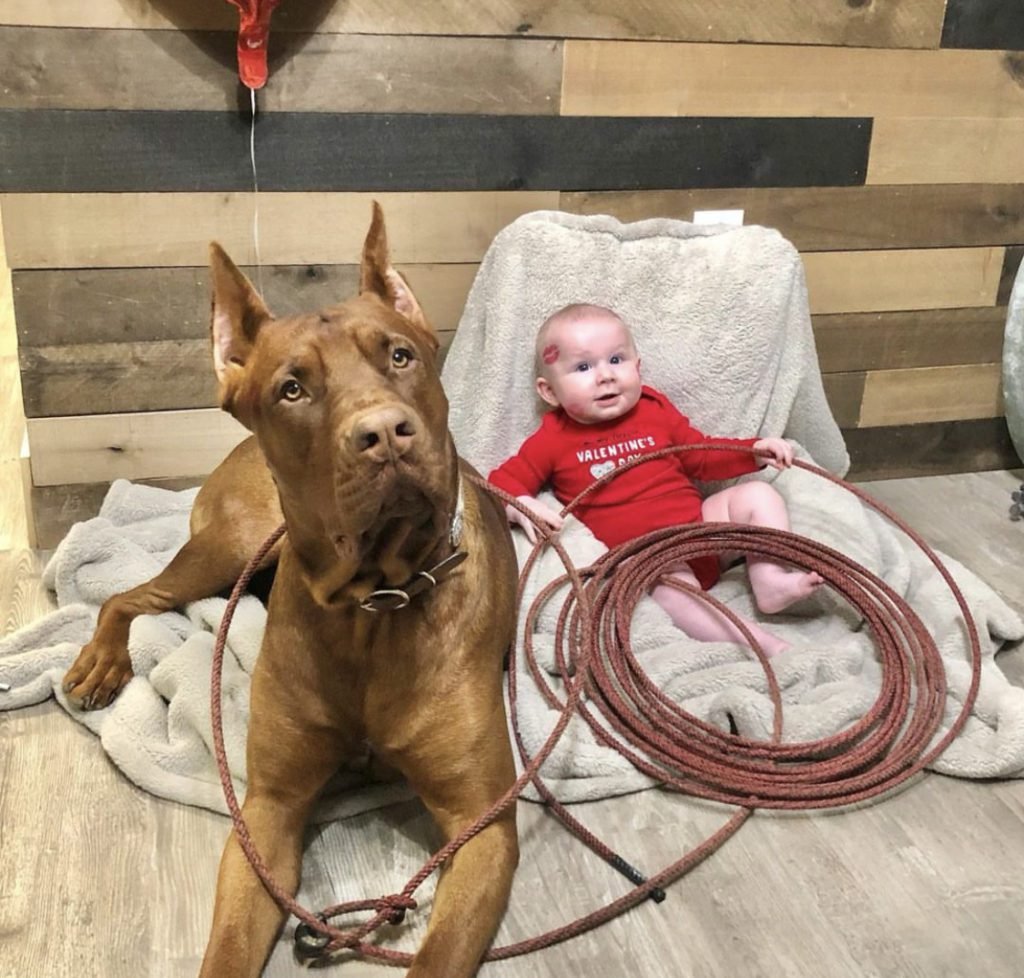
Space Needs: Room to Roam and Play
Space Pros:
1. Adaptability: While they enjoy outdoor spaces to run and play, the Doberman Mastiff mix can adapt to living in apartments or houses without large yards, provided they get their daily exercise.
2. Indoor Companions: Unlike some large breeds that prefer staying outdoors, this mix can be comfortable indoors, bonding with family members and being part of daily activities.
3. Moderate Exercise Needs: They don’t require constant activity, making it easier for families with modest-sized homes to keep them.
Space Cons:
1. Potential for Accidental Damage: Their size and sometimes clumsy nature can lead to accidental breakages indoors, especially in spaces cluttered with delicate items.
2. Need for Secure Boundaries: If you have a yard, it needs to be securely fenced. Their curiosity and protective nature can drive them to explore or chase after perceived threats.
3. Restrictions in Housing and Rentals: Due to their size and the breeds involved, some rental properties or housing associations might have restrictions against owning a Doberman Mastiff mix.
Health Considerations
Health Pros:
1. Hybrid Vigor: As a mixed breed, the Doberman Mastiff can sometimes benefit from ‘hybrid vigor,’ which means they might have fewer health problems than their purebred counterparts.
2. Predictable Health Profile: With proper knowledge of both parent breeds, potential owners can be prepared for any health issues.
3. Longevity: With proper care, regular check-ups, and a balanced diet, these dogs can have a decent lifespan, offering many years of companionship.
Health Cons:
1. Genetic Disorders: Dobermans and Mastiffs come with their genetic predispositions. It can include heart issues, hip dysplasia, and certain cancers.
2. Size-related Issues: Large breeds like the Mastiff often face problems related to their size, including joint issues and a generally shorter lifespan than smaller breeds.
3. Cost of Healthcare: Given their potential health problems and size, medical care (from routine check-ups to treatments) can be pricier than smaller breeds.
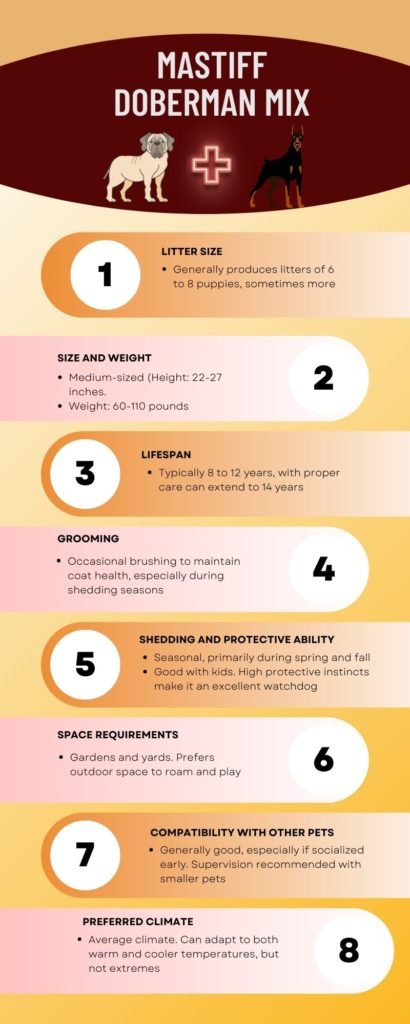
Living with Other Animals
With its varied lineage, the Doberman Mastiff mix can present unique challenges and rewards when cohabitating with other animals. Whether you have cats, other dogs, or even smaller pets, understanding the dynamics of this breed can help ensure harmonious living.
Pros:
- Adaptable Nature: If introduced and socialized from a young age, the Doberman Mastiff mix has the potential to adapt well to other pets in the home. Their intelligence and eagerness to please can make them more malleable to training and integration.
- Protective Instinct: One inherited trait from the Doberman lineage is the protective instinct. In households familiar and comfortable with other pets, they may extend their defensive behavior towards them, acting as guardians.
- Playful Companions: The Doberman Mastiff mix can find playful companions in other similarly-sized dogs when properly introduced. Their playfulness, especially when young, can provide beneficial interaction and exercise for both animals.
- Calmness from Mastiff Lineage: Thanks to the Mastiff genes, these dogs often showcase a calm and laid-back demeanor once matured. It can be beneficial when living with older pets or those with a more reserved nature.
Cons:
- Dominance Issues: The mix might exhibit dominant behaviors, especially if introduced to other pets as an adult. Proper training and hierarchy establishment are essential to prevent potential disputes, especially with other dogs.
- Prey Drive: The Doberman’s natural prey drive might make them view smaller pets, like rodents or cats, as prey if not correctly introduced and supervised.
- Size Differential: Due to their potentially large size, interactions with smaller pets can be risky. Even in play, their sheer size and strength could inadvertently harm smaller animals.
- Jealousy or Possessiveness: Mastiffs and Dobermans can form strong bonds with their owners. Introducing another pet might cause feelings of jealousy or possessiveness, leading to behavioral issues if not properly managed.
Conclusion
In the spectrum of canine hybrids, the Doberman Mastiff Mix offers a fusion of agility and might, capturing the attention of enthusiasts and potential dog owners alike. From its commendable traits to its inherent challenges, understanding the pros and cons of this mix is essential for anyone considering welcoming such a dynamic breed into their home. As with all breeds, informed decisions are the best ones, ensuring that the bond between pet and owner remains both strong and harmonious.
Related Articles
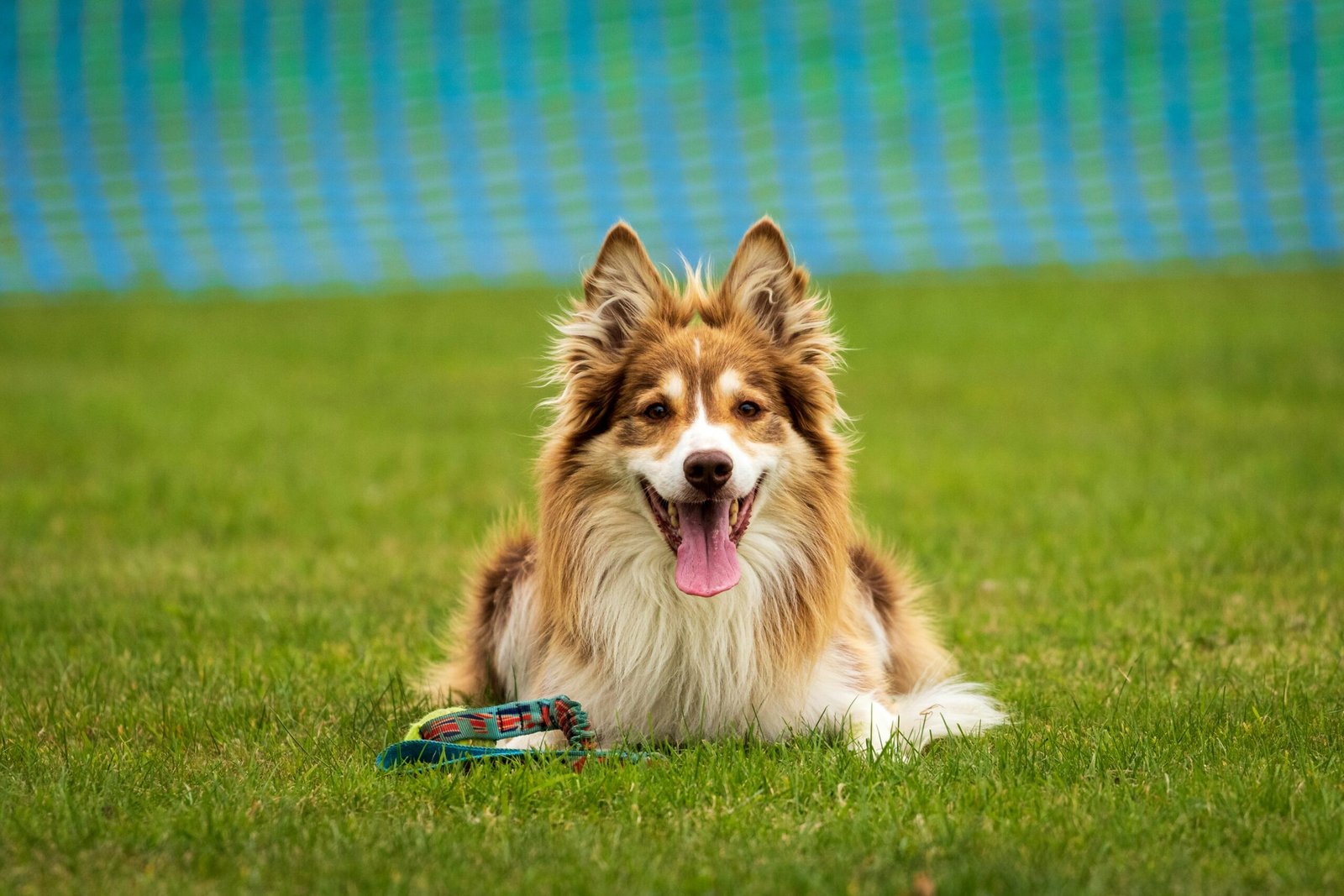
Mastering the Art of Dog Training: How to Train Your Dog to Stop Barking


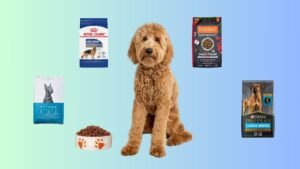

Goldendoodles Grooming: The Ultimate Toolkit for Perfect Care

